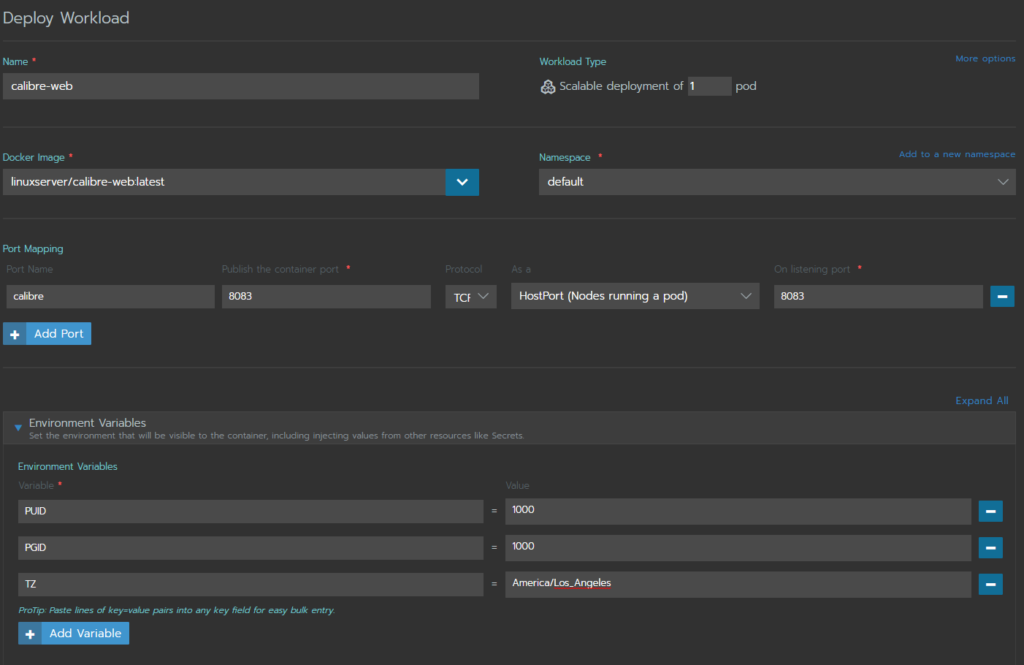

- #Calibre library public ftp server Patch#
- #Calibre library public ftp server software#
- #Calibre library public ftp server code#
- #Calibre library public ftp server windows#
While Google's security team reported Heartbleed to OpenSSL first, both Google and Codenomicon discovered it independently at approximately the same time.
#Calibre library public ftp server software#
The bug was named by an engineer at Synopsys Software Integrity Group, a Finnish cyber security company that also created the bleeding heart logo and launched the domain heartbleed. Cox of OpenSSL, Neel Mehta of Google's security team privately reported Heartbleed to the OpenSSL team on 1 April 2014 11:09 UTC. Heartbeat support was enabled by default, causing affected versions to be vulnerable. The defect spread with the release of OpenSSL version 1.0.1 on 14 March 2012.
#Calibre library public ftp server code#
Henson failed to notice a bug in Seggelmann's implementation, and introduced the flawed code into OpenSSL's source code repository on 31 December 2011. Henson, one of OpenSSL's four core developers. Following Seggelmann's request to put the result of his work into OpenSSL, his change was reviewed by Stephen N. student at the Fachhochschule Münster, implemented the Heartbeat Extension for OpenSSL. In 2011, one of the RFC's authors, Robin Seggelmann, then a Ph.D. It provides a way to test and keep alive secure communication links without the need to renegotiate the connection each time. The Heartbeat Extension for the Transport Layer Security (TLS) and Datagram Transport Layer Security (DTLS) protocols was proposed as a standard in February 2012 by RFC 6520.
#Calibre library public ftp server windows#
TLS implementations other than OpenSSL, such as GnuTLS, Mozilla's Network Security Services, and the Windows platform implementation of TLS, were not affected because the defect existed in the OpenSSL's implementation of TLS rather than in the protocol itself. The report also broke the devices down by 10 other categories such as organization (the top 3 were wireless companies), product ( Apache httpd, Nginx), or service ( HTTPS, 81%). As of 11 July 2019, Shodan reported that 91,063 devices were vulnerable. As of 6 July 2017, the number had dropped to 144,000, according to a search on shodan.io for "vuln:cve-2014-0160". As of 23 January 2017, according to a report from Shodan, nearly 180,000 internet-connected devices were still vulnerable. As of 21 June 2014, 309,197 public web servers remained vulnerable. As of 20 May 2014, 1.5% of the 800,000 most popular TLS-enabled websites were still vulnerable to Heartbleed.
#Calibre library public ftp server Patch#
System administrators were frequently slow to patch their systems. A fixed version of OpenSSL was released on 7 April 2014, on the same day Heartbleed was publicly disclosed. The federal Canadian Cyber Incident Response Centre issued a security bulletin advising system administrators about the bug. Heartbleed was registered in the Common Vulnerabilities and Exposures database as CVE- 2014-0160. The vulnerability was classified as a buffer over-read, a situation where more data can be read than should be allowed. Thus, the bug's name derived from heartbeat. It resulted from improper input validation (due to a missing bounds check) in the implementation of the TLS heartbeat extension. Heartbleed could be exploited regardless of whether the vulnerable OpenSSL instance is running as a TLS server or client. It was introduced into the software in 2012 and publicly disclosed in April 2014.

Heartbleed is a security bug in some outdated versions of the OpenSSL cryptography library, which is a widely used implementation of the Transport Layer Security (TLS) protocol. Security company Codenomicon gave Heartbleed both a name and a logo, contributing to public awareness of the issue.


 0 kommentar(er)
0 kommentar(er)
